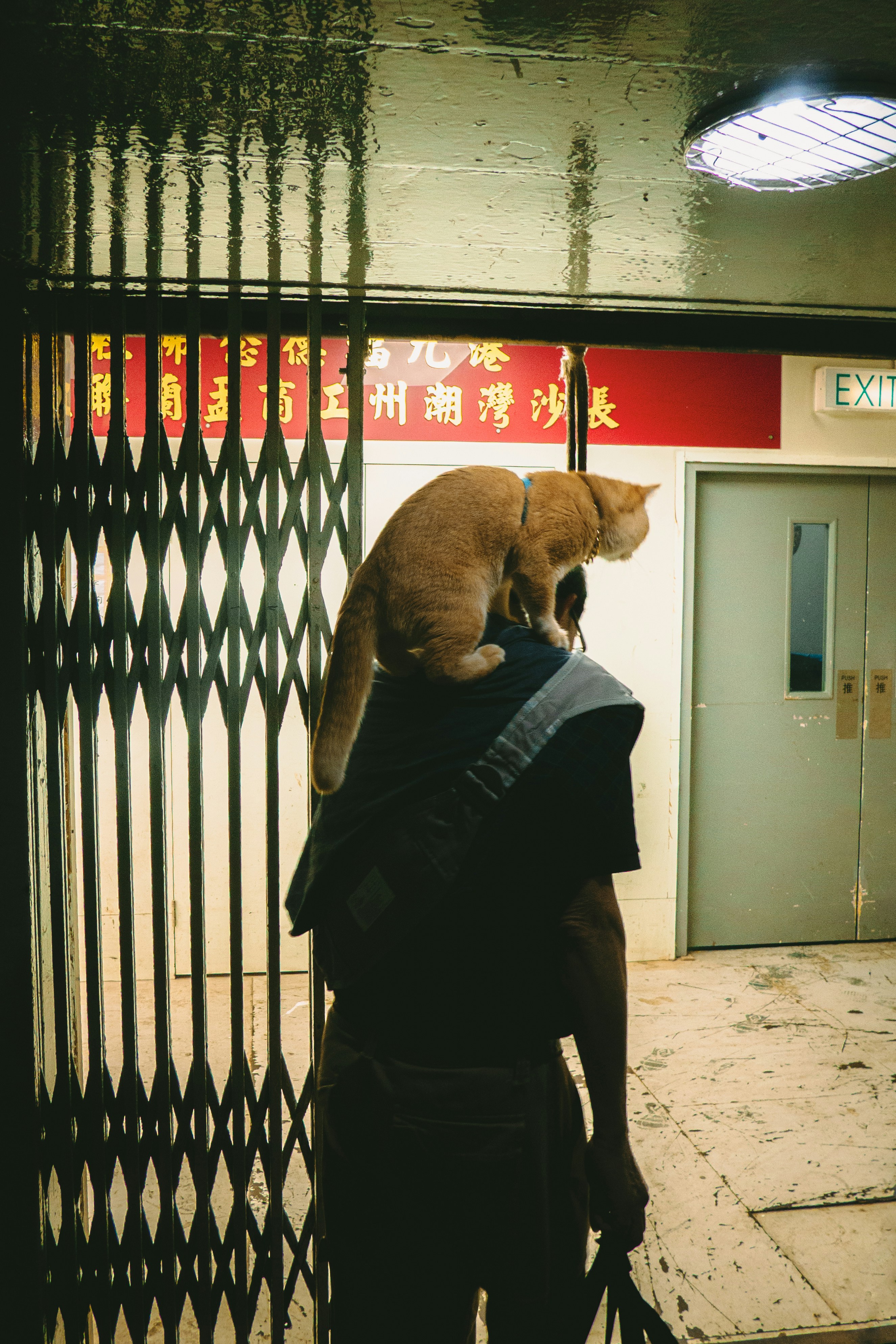When a disaster strikes, having an emergency kit for every member of your household, including pets, can be the difference between life and death. Just like humans, pets need their own supplies to survive in case of an emergency.
Here’s what you should include in your pet emergency kit:
1. Food and Water Stock up on at least three days’ worth of your pet’s food in airtight, waterproof containers. Include collapsible bowls for easy packing and transport, as well as at least three days’ worth of water specifically for your pets in addition to what you need for human members of the family.
2. Medications and Medical Records Keep an extra supply of the medications your pets take on a regular basis in a waterproof container. Also, have copies of your pets’ medical records stored in a plastic bag, including vaccination history and any important medical conditions. This information will be invaluable if you need to board your pets or seek veterinary care in an unfamiliar area.
3. First Aid Kit Prepare a pet-specific first aid kit that includes items such as cotton bandage rolls, bandage tape, scissors, antibiotic ointment, flea and tick prevention, latex gloves, isopropyl alcohol, and saline solution. Familiarize yourself with basic pet first aid or enroll in a pet first aid course.
4. Collar with ID Tag, Harness or Leash Ensure your pets have collars with up-to-date identification tags. Include your cell phone number and, if space allows, the number of a friend or relative outside your immediate area. A harness and leash for keeping your pets under control are also crucial in an emergency.
5. Crate or Pet Carrier Have a sturdy, safe crate or carrier ready for each pet. This is especially important for transportation and housing if you need to evacuate. Ensure that each carrier is labeled with your pet’s name, your name, and contact information.
6. Sanitation Supplies Include pet waste bags, litter and a litter box (for cats), paper towels, and household chlorine bleach for sanitation. This allows you to safely dispose of or contain pet waste and maintain hygiene in a potentially unsanitary environment.
7. Comfort Items Stress can have a significant impact on your pets. Comfort items such as favorite toys, treats, or bedding can help reduce anxiety.
8. Photos of Your Pets In case you become separated from your pets, recent photographs along with written descriptions can help with reunions. Place these in a waterproof container.
9. Written Information Write down feeding schedules, medical conditions, behavioral issues, and the name and contact info for your veterinarian. This can be critical if someone else ends up taking care of your pet.
10. Familiarize Pets with Their Emergency Kit Occasionally, let your pets see and smell the emergency items so they can become familiar with them. Take practice runs with the carrier and leash to make sure your pets are comfortable being quickly transported.
Remember to review the contents of your pet emergency kit regularly to ensure that food and medications have not expired, and that documents are up to date. If you travel with your pet, keep the kit in your car, or at least have a smaller version of it when on the go. Being well-prepared will help you remain calm and effective in taking care of your beloved companions during emergencies.
Lastly, stay informed about the types of disasters that could affect your area and have a disaster plan in place that includes your pets. Educate yourself on pet-friendly shelters or hotels, and always carry your pet emergency kit when you evacuate. Your pets depend on you, and with a proper emergency kit, you can ensure their safety and well-being in challenging times.







